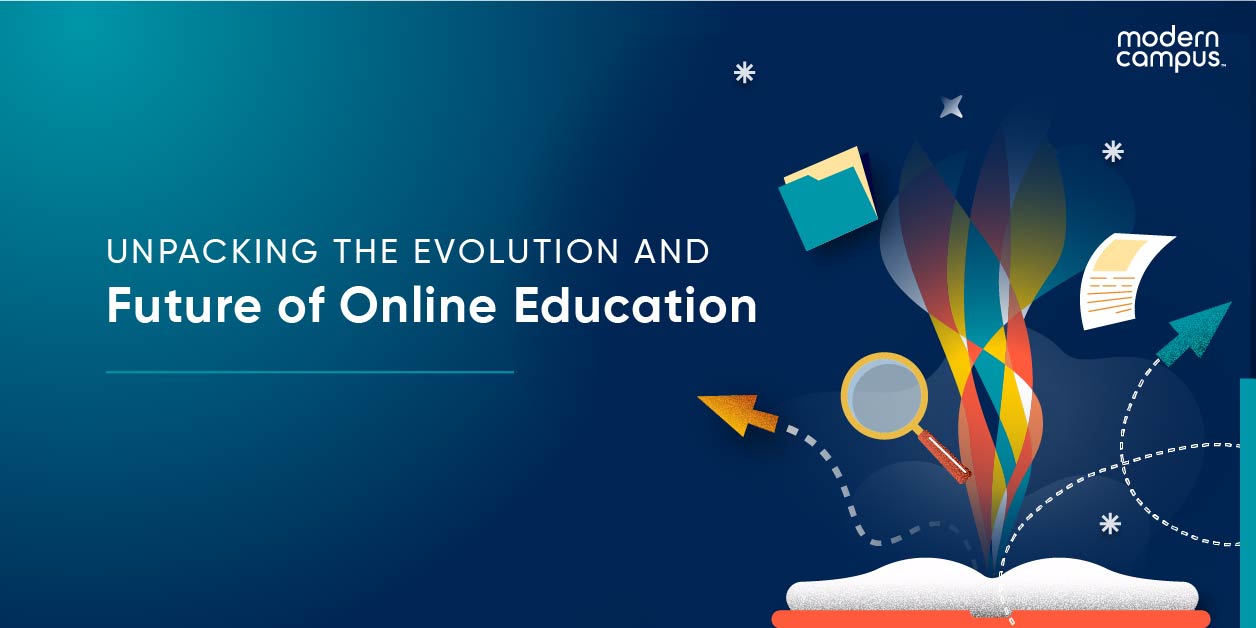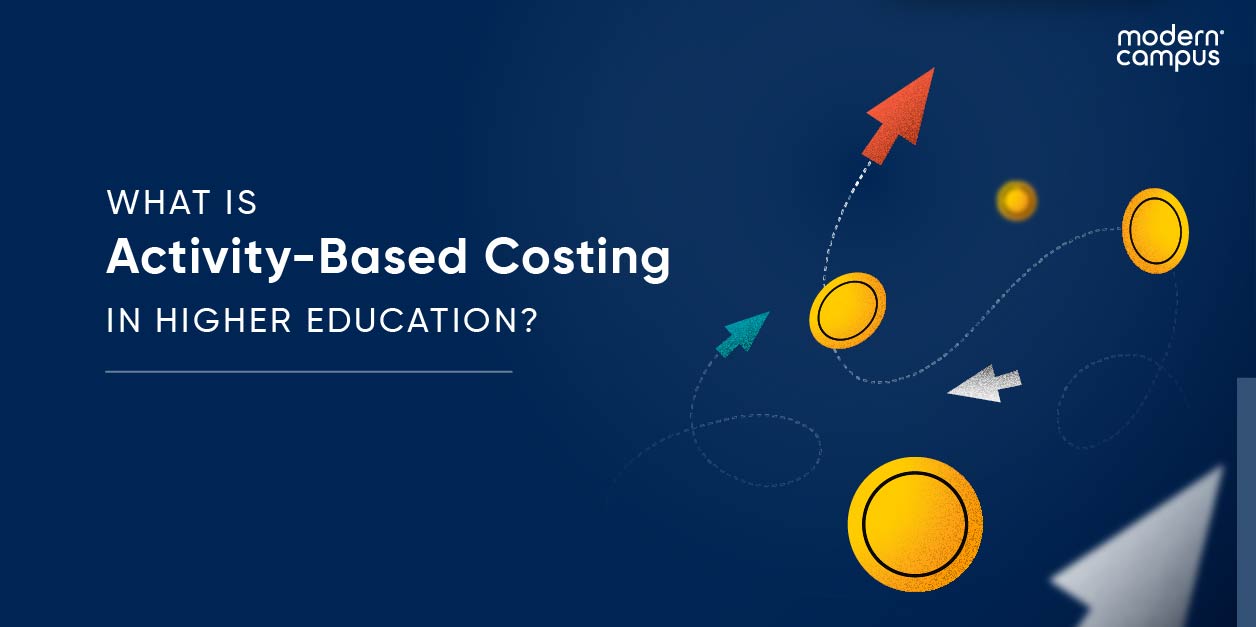Revamping Your Strategic Plan? Don’t Forget the Significance of Continuing Ed
Moving forward in this time of uncertainty has higher ed rethinking its approach to just about every aspect of programming. Traditional processes must be adapted or even scrapped altogether if higher ed is to survive and thrive in this changing market.
That’s why it’s time to consider different models and methods that can boost the current offerings of higher ed. One is the benefit of non-traditional divisions of colleges and universities. These programs have historically operated on the institutional periphery. They have been considered as experiments and revenue generators, but were rarely seen as strategically significant to the institution.
CTA GRAPHIC = MEETING CHALLENGES WP
Including Continuing Ed in Your Strategic Plan
However, this attitude is slowly changing. A recent survey by Modern Campus found that most institutions today have defined continuing education’s (CE) role in their strategic plan.
Interestingly, financial barriers also fell down the scale as a barrier to innovation. This suggests, for many survey respondents, that they can afford to make a change when it’s prioritized.
“When recognized and deployed by an institution, the expertise and experience of professional and continuing education can produce significant positive results on a school’s ability to compete and succeed in the face of upcoming challenges,” Lemon said.
However, recognition and deployment require more than lip service. It demands the capacity to operate effectively and efficiently. Unfortunately, this is where the wheels come off the bus for the survey respondents.
“It’s all about allocating resources to the things that matter: You can afford to do whatever you want, so long as you make it a priority,” said Mark Mrozinski, assistant vice president of Workforce Development and Executive Dean of Community Education at Harper College.
“Nothing will grow unless you resource it,” Mrozinski added.
Where to Start? Campus Culture
It starts with cultural change across campus. A whopping 74% of survey respondents said faculty and senior leadership were uncomfortable associating the college’s brand with innovative offerings.
Then come the obstacles to conducting business.
More than half of the survey respondents (52%) struggle to count the number of non-credit/CE students they enroll. Likewise, 52% of survey respondents said they don't have a tailored system to manage these offerings.
For some respondents, the challenge runs even deeper.
One respondent simply said “paper based” when asked how they manage non-credit programs at their institution. This is an astounding answer given that the individual leads a division that serves over 50,000 CE students each year.
Another survey respondent said they manually enter data into their main campus system. This is a senior institutional leader who oversees a CE unit that serves about 5,000 CE students a year.
Innovation Requires the Right Tools
These responses highlight a troubling reality that emerged from our survey. While CE leaders have the mission to innovate and grow, they don’t have the tools or support to execute on the vision.
About 82% of survey respondents identified institutional factors as significant barriers to innovation. These are policies or systems that limit the development and launch of innovative offerings.
Sandi Pershing, formerly the assistant vice president of Outreach and Engagement and Dean of Continuing Education at the University of Utah, provided an example of an institutional barrier.
“You might try to run a class within continuing education that’s outside normal semester timelines, so it doesn’t work with the traditional campus database. In situations like this, you have to build outside systems to work around the traditional system, which can be cumbersome,” said Pershing.
“Continuing education tends to be agile and quick, but it’s embedded in a system that isn’t,” Pershing added. “It can be a real challenge to keep up with everything that’s changing while also striving to bring the institution along for the ride.”
True change takes time, but shifting the campus culture and getting the right tools in place to make substantive change will position your institution for growth over the next decade.
Ready to explore more opportunities to grow revenue and enrollment? Download Meeting the Challenges of Higher Ed with Continuing Education now.
Download white paper
Last updated: February 5, 2021


